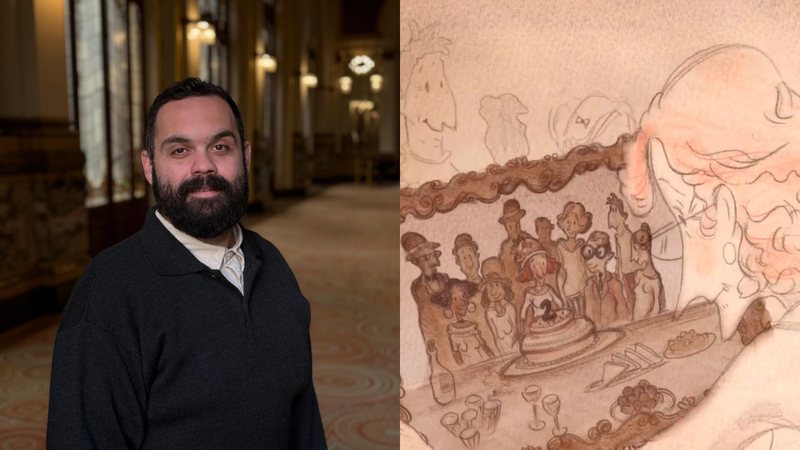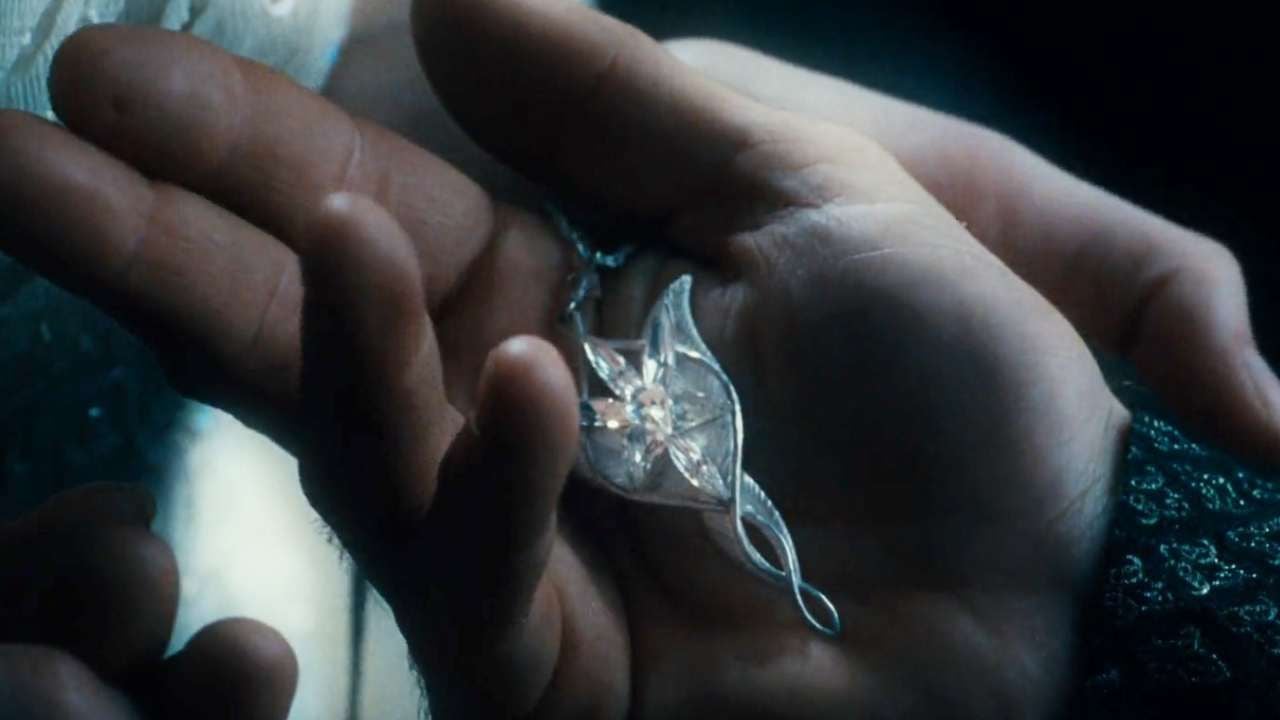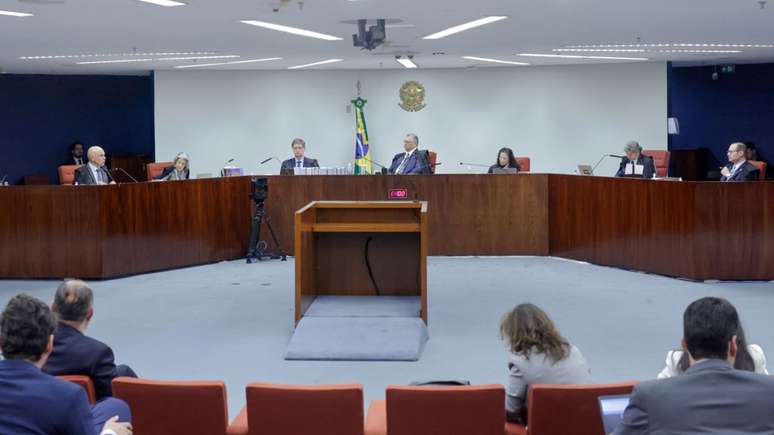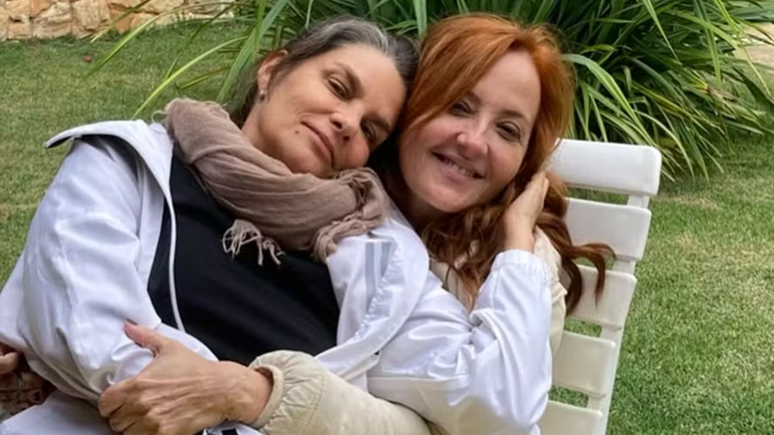Bruno H. Castro is working on an animation that will feature the voice of Marisa Orth; the filmmaker pointed out that there is a lack of incentive for films of this genre to be developed in Brazil
Bruno H. Castro He has a degree in journalism, but his career followed the path of cinema while still in college, when he developed a final project on the Teatro Oficina de Joe Celso in documentary format.
The first project of Castro in the world of animation was Guide (2014), short film by Rosana Urbes for which he served as screenwriter, executive producer and reference photographer. “The Tiago Minamisawa who got me into this. He met the Rosanna and said we had to meet. We went out to eat at a Japanese restaurant, drank a lot of sake, she told me about Guida, I was very inspired, I wrote a first text, we refined it, put it in a notice and took it.”
The film tells the story of an archivist at the João Mendes forum who is about to retire when she discovers that a group of artists is looking for people to pose for drawing classes with live models. That’s how she decides to pose, and her life, in a way, gains new meaning. It’s a tribute to art and artistic rediscovery, when life gains meaning through art. I made this short film as a tribute to my grandmother, who was in poor physical and mental health. I wanted, in some way, what happened to Guida in the film to happen to her. But she died before the film was finished, which was in 2014. She wasn’t able to watch it. At least the tribute remains — there’s a photo of her in the film.

Castro he was also a producer of animation and live model courses with Cities. Next to Minamisawahe tried to create an animation production company, “which didn’t work out.” “We didn’t know how to run the business, but we made a series of 25 videos,” he admitted in an interview with Rolling Stone Brazil.
Right away, Castro, Minamisawa and Guto BR launched I bleedwhich has received awards around the world and is available on the Fiocruz website. “The short film is a kind of account, a first-person confession, of the Caioh Deroci about discovering that he lived with HIV”, said the director.
In the pandemic, the short For Life “was distributed in indigenous communities to raise awareness and protect against Covid”. The film stars Daniel Munduruku and was done in partnership with the Suruí community.
Challenges of animation in Brazil
To Bruno H. Castro“the main challenge in making animations is always money”. In Brazil, there is a lack of public notices and incentive laws, “even though our animated cinema is one of the best in the world, with a nomination for Oscar and awards at the biggest festivals on the planet.”
In the case of Guidefor example, the film won two awards at the Annecy — considered the “Oscar French animation”.
View this photo on InstagramA post shared by Bruno H Castro (@bhcastro)
In addition to there being no call for proposals, when there is one, which is for cinema in general, it is required that, in addition to the script and presentation texts, the film’s storyboard, concept drawings and scene frames be submitted, which makes it more expensive and often makes it impossible to register the project in the call for proposals. This is not fair. Right now there is a call for proposals, which is the Proac. [(Programa de Ação Cultural)]which is usually useful for animation, but this year asked for a specific theme for the films, which made it impossible to register Sharkwhich is my next project.
The financial incentive may have been crucial in preventing Brazil from becoming a pioneer with Cassiopeia — the first 100% digital Brazilian animation. The 1996 film was released a few months after Toy Story (1995), although its creation process began in 1992.
According to S.Paulo Newspaper, Clovis Vieiradirector of Cassiopeiaand producers invested their own resources in the project, which had a budget at least 10 times smaller than Toy Story. “A Disney representative came to us two years ago, wanting to know what our project was like,” he said. Scallop in an interview with Sheet still in 1996.
“It would be the same as us arguing about who is the true inventor of the airplane, Santos Dumont or the brothers Wright“, he pondered, dismissing controversy.
Castro He still needed to find a way to enter the animation industry and bypass those who have been in the market for a long time — and he doesn’t want to give space to new people. “I heard a lot when I started: ‘You don’t draw, how are you going to direct an animated film? I make movies, I write and direct films, so I’m an animated film director, not necessarily a drawing or animation technician, but I use animation as a platform for artistic expression,” he argued.
“I was questioned a lot about my intentions with animation at the beginning of my career, the animation people seemed like that old-school jealous father who asks about the intentions of the suitor with his daughter, but after I directed my first project, I think everyone understood and that passed”, he continued.
The lack of incentive for Brazilian animation is accompanied by problems with dissemination and education, he pointed out. Castro: “It would be amazing if we had animation schools for children, if we had training for teenagers, if we had support for professionals. [… ] Brazilian animation should be more publicized, shown in schools, and have more traveling exhibitions around the country with our films.”

I believe that Brazil needs to know about Brazilian animation, it needs to know the importance and strength of animated films produced here.
“In addition, it is important to emphasize that animation employs a lot of people in the country, since it takes a lot of labor to produce a film, and it creates jobs in various sectors. I want to say that animation is also profitable and boosts the economy,” he added. “In short, Brazil needs to know, value and encourage Brazilian animation, because it is the country itself that will benefit economically and also from the dissemination of national culture throughout the world.”

International experience
Castro He had international experiences that, in his view, prove that Brazil is falling behind. “There are great animation schools outside the country, just as there are means of incentives from international governments aimed at animation,” he recalled.
He gave examples: “Like the National Film Board of Canada, which is a Canadian government agency dedicated to valuing and encouraging the country’s cinema, which makes animation there develop, generate jobs and expand as a cinematic language. France also has several examples in this sector, such as Clermont-Ferrandwhich has great incentive projects”.
“Japan is a fantastic school of animation, the industry is very strong in the country. And, of course, not to mention the United States and its animation studios, which are the largest in the world. The country has a very well-established and profitable industry,” he concluded.
I also understand cinema as a way of promoting and expanding a country’s culture, in addition to being an industry that employs and expands the creativity of its professionals and also of the public. Many people abroad have already realized this. I hope that in Brazil we wake up (politicians and financiers, in this case) and that Brazilian animation begins to be valued as it should be.
Future
The obstacles in the way of Bruno didn’t stop him. He signs the executive production and the script of Kabukistop motion of Tiago Minamisawa on gender dysphoria and Japanese theater.
This year’s big project for the filmmaker, however, is Shark — film directed by him and written with the support of a film group from Recife headed by Liana Vila Nova and Mary Cantarelli.
“The short film is a philosophical conversation between a hungry, pregnant tiger shark and a greedy fisherman. The idea came from a philosophical provocation by Siddhartha Ribeiro in conversation with Mano Brown in the podcast Mano a Mano: How would God help a castaway who prays to be freed from a shark, if that God also needs to provide food for the hungry fish?”, he reported.
“As soon as I heard that I thought: ‘There’s a movie out there!’ And there really was. We’re in pre-production, we already have a script, storyboard, concept drawings and cast: Marisa Orth was enchanted by the text and gave me the honor of being the Shark”.
I’m still going to get used to saying that Marisa Orth is going to make a movie that I wrote. I’m a big fan of hers. It seems like a dream, you know? Just like Kelner Macedowith whom I worked on the feature film Half of Uswho will now be the Fisherman in this new story.
View this photo on InstagramA post shared by Bruno H Castro (@bhcastro)
Castro revealed that he is excited and looking for financing for the production. In the meantime, he is working “on more things, everything is still in its infancy”. Among the projects in the process of being idealized is The Healer“animated feature film about a journey of faith through the Brazilian hinterland, a text and film inspired by the universe of Guimarães Rose“.
Source: Rollingstone
Rose James is a Gossipify movie and series reviewer known for her in-depth analysis and unique perspective on the latest releases. With a background in film studies, she provides engaging and informative reviews, and keeps readers up to date with industry trends and emerging talents.




![Tomorrow Belongs to Us: What’s in store for Wednesday 22 October 2025 Episode 2058 [SPOILERS] Tomorrow Belongs to Us: What’s in store for Wednesday 22 October 2025 Episode 2058 [SPOILERS]](https://fr.web.img6.acsta.net/img/95/64/95643daa3fa690142f3135b300b4ef9d.jpg)


